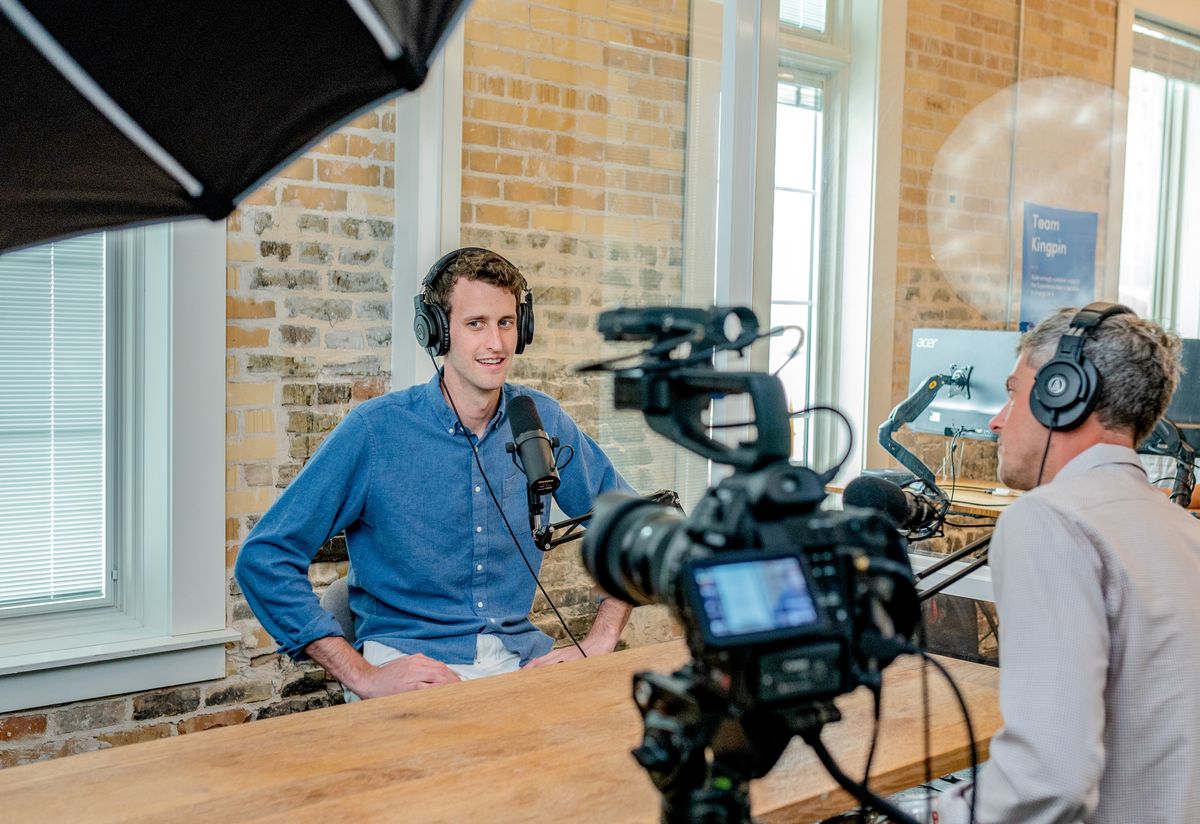Video production is an intricate process that involves various stages to create captivating and high-quality videos. Whether you're a professional videographer or an aspiring content creator, understanding the three main stages of video production is essential for producing compelling visual content. In this article, we will delve into each stage and explore their significance in bringing your video ideas to life.
Introduction
Video production is a collaborative process that involves planning, coordination, and execution to create visually appealing and impactful videos. Understanding the main stages of video production will help you navigate through the creative process more effectively and deliver exceptional results.
1. Pre-production
Pre-production is the initial stage of video production, where ideas are conceptualized, and plans are made to bring those ideas to life. This stage lays the foundation for the entire production process. Here are some essential elements of pre-production:
Concept Development
Concept development involves brainstorming ideas and identifying the central theme or message of the video. It includes defining the target audience, determining the desired tone and style, and outlining the key objectives.
Scriptwriting
Scriptwriting involves crafting a compelling narrative or script that outlines the dialogues, actions, and sequence of events in the video. A well-written script sets the structure and guides the production team throughout the filming process.
Storyboarding
Storyboarding is the visual representation of the script, where each scene is illustrated with rough sketches or digital drawings. It helps visualize the flow of the video and enables the team to plan camera angles, movements, and transitions.
Location Scouting
Location scouting involves identifying suitable shooting locations that align with the video's requirements. It may involve visiting potential sites, considering logistics, obtaining permits, and ensuring that the chosen locations enhance the overall production value.
Casting
Casting involves selecting actors or presenters who will bring the script to life. This process includes auditions, screen tests, and evaluating the performers' suitability for the roles. Choosing the right cast members is crucial for conveying the intended message effectively.
2. Production
Production is the stage where the actual filming takes place. This stage requires careful coordination, attention to detail, and effective communication among the production team. Here are the key elements of the production stage:
Filming
Filming involves capturing the planned scenes and sequences according to the script and storyboard. The director, cinematographer, and camera operators work together to frame the shots, select appropriate camera angles, and ensure proper exposure and focus.
Lighting and Sound
Lighting and sound play vital roles in creating a visually appealing and immersive video. The production team sets up lighting equipment to enhance the visual aesthetics and utilizes professional audio recording techniques to capture clear and high-quality sound.
Directing
The director's role is crucial during the production stage. They guide the actors, provide instructions to the crew, and ensure that the vision for the video is realized. The director oversees the performances, camera movements, and overall creative aspects of the production.
On-set Management
On-set management involves coordinating various elements of production, such as scheduling, equipment setup, and ensuring a smooth workflow. The production team collaborates closely to address any challenges that may arise during filming and maintain an efficient and productive environment.
3. Post-production
Post-production is the stage where the raw footage is transformed into a polished and cohesive video. This stage involves editing, enhancing visuals and audio, and adding finishing touches to the video. Let's explore the key elements of post-production:
Video Editing
Video editing is the process of selecting and arranging the best shots captured during filming. The editor trims the footage, adds transitions, overlays visual effects, and synchronizes the audio to create a seamless and engaging video narrative.
Color Grading
Color grading enhances the visual aesthetics of the video by adjusting colors, contrast, and brightness. It establishes the desired mood, tone, and atmosphere and ensures consistency throughout the video.
Sound Design
Sound design involves enhancing the audio elements of the video. It includes adding background music, sound effects, and voiceovers to create an immersive and captivating auditory experience for the viewers.
Special Effects
Special effects are employed to add visual elements that are difficult or impossible to capture during filming. This can include computer-generated imagery (CGI), motion graphics, and other techniques that enhance the video's visual impact.
Finalization
The finalization stage involves reviewing the edited video, making any necessary revisions, and ensuring that all elements align with the original vision. It includes exporting the video in the desired format and resolution for distribution across various platforms.
Conclusion
Video production encompasses three main stages: pre-production, production, and post-production. Each stage plays a vital role in creating high-quality videos that engage and captivate audiences. By understanding and effectively executing these stages, you can bring your video ideas to life and deliver exceptional visual content.
Seeking more than just a video? Envision content that engages, resonates, and fuels your revenue growth. Step into the world of Video Production in Melbourne, Adelaide, and Sydney with Vimi, where we blend cinematic aesthetics with a keen business strategy.
FAQ
Q1: How long does video production typically take? A1: The duration of video production can vary depending on the complexity of the project. It can range from a few days for a simple video to several weeks or even months for more elaborate productions.
Q2: Can I skip the pre-production stage? A2: It's strongly recommended not to skip the pre-production stage. Proper planning and preparation during pre-production significantly contribute to the success of the overall video production process.
Q3: Do I need professional equipment for video production? A3: While professional equipment can enhance the quality of your video, it's not always necessary, especially for beginners or those on a tight budget. You can start with basic equipment and gradually upgrade as you gain more experience.
Q4: How important is post-production in video production? A4: Post-production is crucial for refining the raw footage and transforming it into a polished and engaging video. It allows you to add visual and audio enhancements, ensuring that your video delivers the intended message effectively.
Q5: What software is commonly used for video editing? A5: There are several popular video editing software options available, such as Adobe Premiere Pro, Final Cut Pro, and DaVinci Resolve. These tools offer a wide range of features and capabilities for professional video editing.






